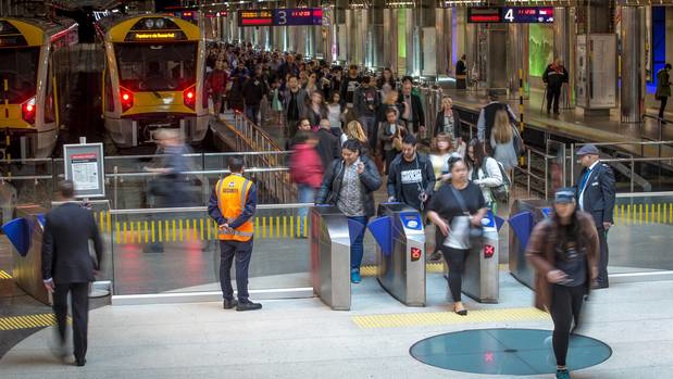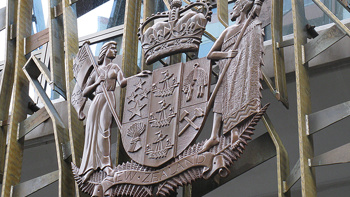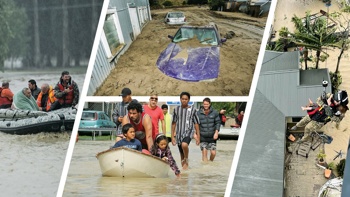
Auckland is at greater risk from the coronavirus flare-up than the rest of the country, a leading Covid-19 data modeller says.
There are 102 people who still have the virus, 52 of them in Auckland, but nine regions look to have wiped it out for now.
Te Pūnaha Matatini Covid-data modelling expert Shaun Hendy said Auckland remained a riskier prospect than other parts of the country - and not just because of its numbers.
"If you are living in a bigger city you are going to tend to have more contacts through your day - perhaps because you're taking public transport, perhaps because you're working in a big factory with a lot of other people," he said.
GP and Auckland medical school associate professor Matire Harwood said the areas of the city with higher rates of poverty or homelessness, and a lot of underlying health conditions, were at particular risk.
"People living in crowded homes, not having the opportunity for physical distancing from someone who might have the infection, it could really get away and we would see the exponential growth we've seen internationally," she said.
• Covid19.govt.nz: The Government's official Covid-19 advisory website
As Cabinet makes its decision about whether to go to level 2, there are nine regions where no one is known to have the disease - Bay of Plenty, Hutt Valley, Lakes (Taupō and Rotorua), Mid Central (Manawatū), Tairāwhiti (Gisborne and East Coast), Taranaki, Wairarapa, West Coast and Whanganui.
There is just one active case in the whole of greater Wellington.
Otago and Southland have six, after once having 208 - more cases than any other health board area. They've had no new cases for three weeks.
Epidemiologist Dr Ayesha Verrall said there was no room for complacency in regions who looked to have the disease under control.
The main ongoing risk would be international travel, she said.
"Even with good quarantine, there is a risk of transmission from quarantined people. It is a small risk but we still need to manage it carefully," she said
And Dr Hendy said Covid-19 could still be being silently transmitted in the country.
"There have still been parts of the economy that have been running, people have still been in contact. Just the statistics of the way this disease works means it's still possible there are cases we haven't detected," he said.
With new case numbers now small, it was harder to know what to read into them, he said.
"So we're in a funny position with the modelling in that we are less certain now, in a way, than we were a few weeks ago when we could really see how level four was working," he said.
Clusters made up a bit part of the country's overall numbers.
The rate of spread had slowed for most - but the Health Ministry classed 12 clusters as still having possible transmission.
The worst toll has been on aged care centres, with 151 cases - and most of the country's 21 fatalities - linked to rest home clusters.
The St Margaret's cluster in Auckland was still getting new cases.
Dr Harwood said authorities had dropped the ball on keeping rest home residents safe and that needed to improve for all kinds of care homes, she said.
They needed to have very strong hygiene and contact tracing so any appearance of the disease could be stamped out.
The Ministry of Health's contact tracing capability had been found seriously wanting when Dr Verrall reviewed it last month.
She had been impressed with the speed of the improvements and felt reassured as the country faced a possible move to level 2, she said
But there was more work to be done, including employing the 300 new staff she recommended and the government had promised, she said.
Good tracing was critical to stopping new outbreaks.
Ideally, anyone who had been in close contact with someone with Covid could be found before they spread it to a third person, she said.
Testing of people without symptoms is now happening in most parts of the country, with DHBs told to keep doing it.
Hospital workers, police, supermarket staff and other essential workers were among those having swabs.
Anyone who had even a sniffle was encouraged to get a test.
Take your Radio, Podcasts and Music with you









